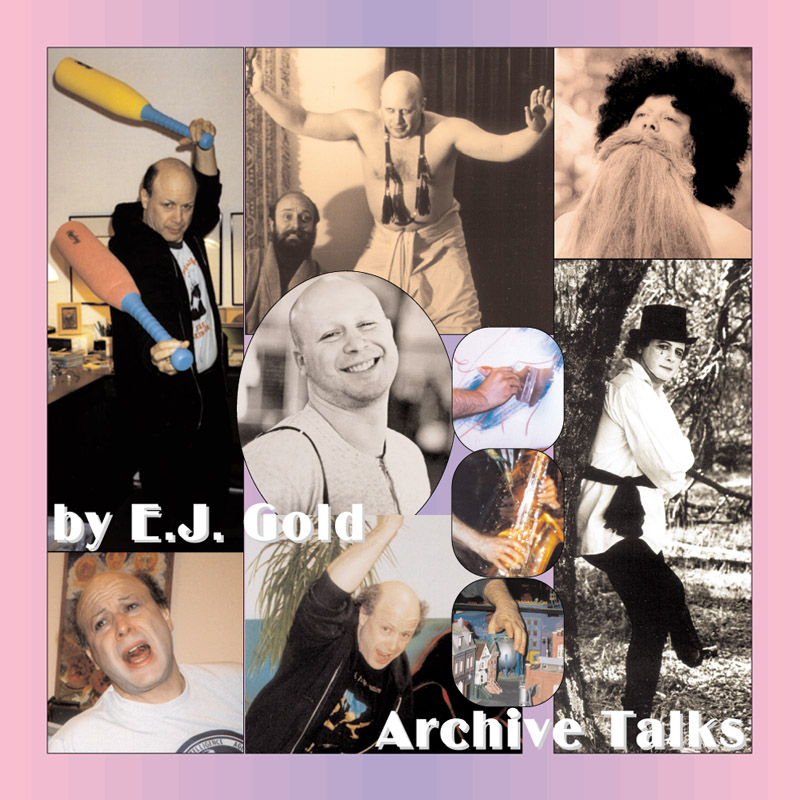

CDT229
Macrodimensional Models
LostTapes; Metaphysics
This soundtrack is from the videotapes of the same name, VID024-026. This talk is an exploration of the ideas in the appendices toLife in the Labyrinth, a discussion of how macrodimensional voyaging can be understood in mathematical terms.
Synopsis
The talk explores the concept of macro-dimensionality as a way of understanding human perception, attention, and the nature of reality. Using a combination of philosophical, mathematical, and scientific models, the discussion develops a hierarchical framework for dimensions based on clarity functions, information processing, and attention distribution. The participants introduce mathematical concepts such as set theory, ordering, and topology to model and describe the relationships between dimensions. They also touch on broader implications, including the philosophical significance of perception, the limits of human cognition, and potential applications in scientific inquiry.
Summary
The discussion begins with the reading of a letter that metaphorically compares human existence to navigating a complex labyrinth. Using this analogy, the conversation transitions into an exploration of how macro-dimensional travel might be modeled mathematically and theoretically.
A key theme is the concept of attention, defined as an information-processing function that determines perception. A mathematical model for attention is proposed based on statistical clarity functions, which represent the distribution of processed information. The discussion suggests that different dimensions can be defined by their respective sets of possible clarity functions.
One of the most significant ideas introduced is the concept of ordering relationships between dimensions, where a higher (macro) dimension encompasses all possible clarity functions of a lower dimension while allowing for additional configurations. This leads to the conclusion that absolute attention and total occlusion (complete absence of attention) converge at the highest and lowest possible dimensions, making them effectively indistinguishable from each other.
The talk also briefly explores applications of these ideas in theoretical physics, topology, and cognitive science. The possibility of non-traditional navigation techniques in macro-dimensional voyaging, the implications for perception, and the challenge of empirically testing these ideas are also considered. Throughout, there is a strong interplay between abstract mathematical formalism and experiential insights drawn from altered states of perception and consciousness.
Ultimately, the conversation establishes a foundation for further exploration into the practical applications of macro-dimensional theory, while also proposing a formalized structure for understanding perception and reality through mathematical linguistics.
Keywords & Key Phrases
- Macro-dimensionality
- Clarity function
- Attention distribution
- Information density
- Set theory in perception
- Ordering relationships in dimensions
- Occlusion levels
- Temporal-spatial constructs
- Perceptual processing limits
- Hierarchical dimensional models
- Labyrinthine structures
- Topological mapping of consciousness
- Absolute attention
- Self-referential perception
- Theoretical physics of perception
Graphic Prompt
"A surreal, labyrinthine structure woven from interlocking dimensions, glowing threads connecting vast cosmic chambers, a lone traveler navigating through levels of cascading light, the background fading into fractal macro-dimensional patterns of consciousness and perception, illuminated equations floating in space representing higher laws of reality."



